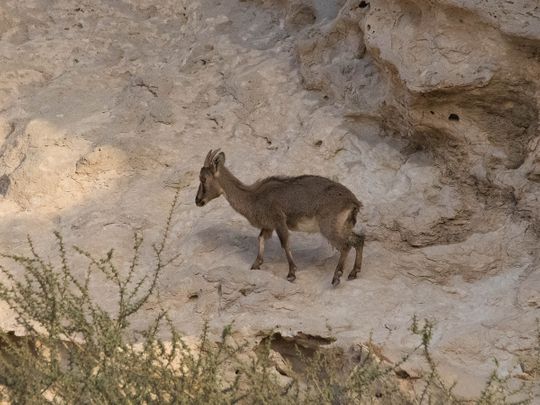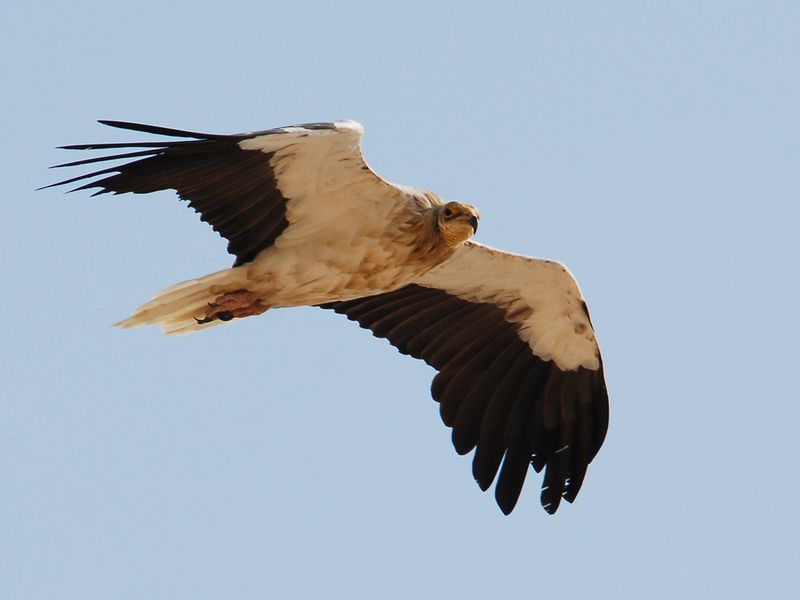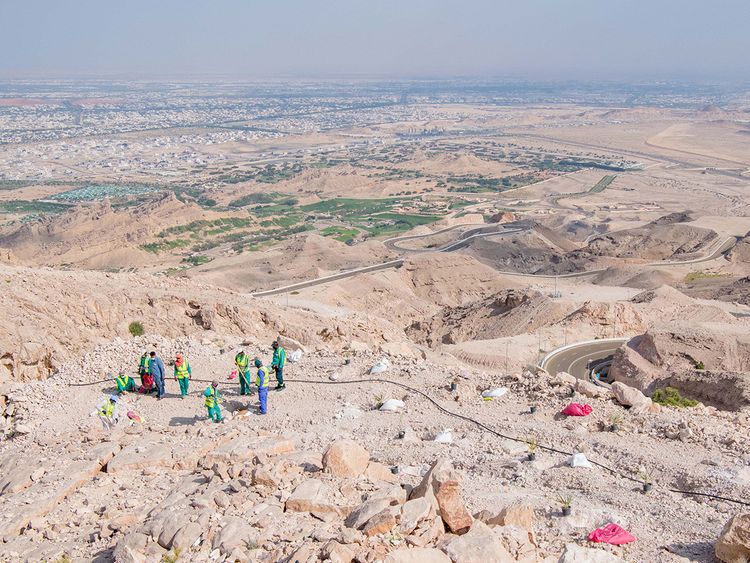
Abu Dhabi: A number of animal species that are difficult to track under ordinary circumstances are being carefully monitored at Al Ain’s Jebel Hafeet Reserve.
The reserve is part of Sheikh Zayed Protected Areas Network, and it is now being managed by Abu Dhabi’s environment sector regulator, the Environment Agency Abu Dhabi (EAD). The 81-square kilometre mountain environment, established by Emiri decree as a reserve in 2017, is considered a national park based on the standards of the International Union for the Conservation of Nature.

The EAD uses observers and modern technologies to monitor various species, including ones that appear at night in mountainous regions, said Ahmed Al Hashmi, acting executive director of terrestrial and marine biodiversity at the EAD. He added that the agency has also launched programmes to restore and preserve vegetation and endangered plants. It also plants to plant 10,000 acacia trees in an 18-hectare area within the reserve.
Environmental tourism
Future programmes at the reserve will focus on developing environmental tourism. Ali Al Shamsi, the reserve’s director, said it is a key national site in terms of biodiversity, and contains 42 per cent of known plant species in Abu Dhabi, and 25 per cent of known plants in the country. In total, 13 mammal species are known to live on the reserve, along with 140 bird and 13 reptile species.













